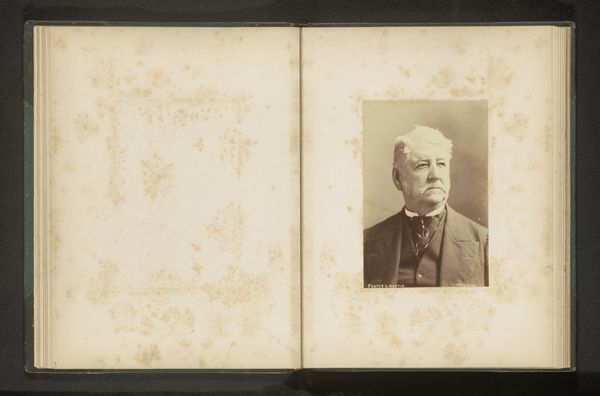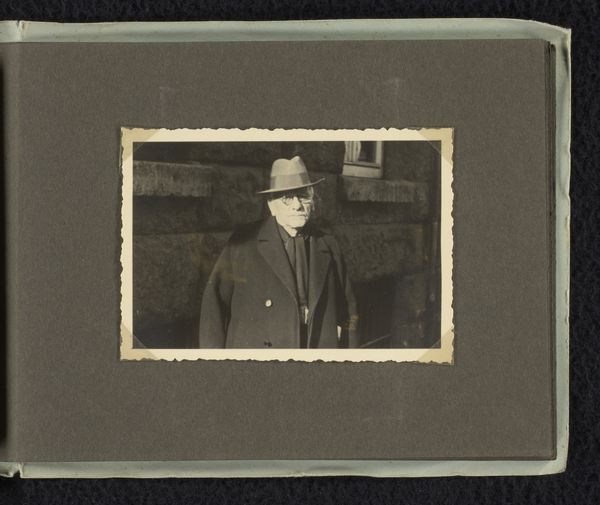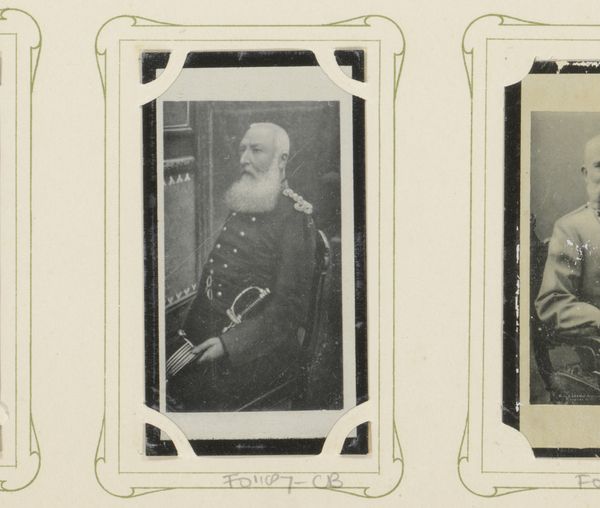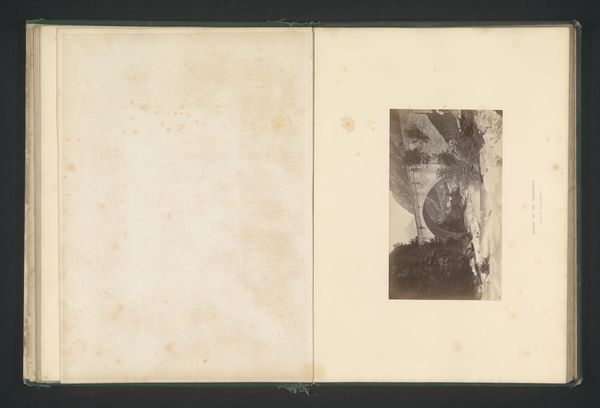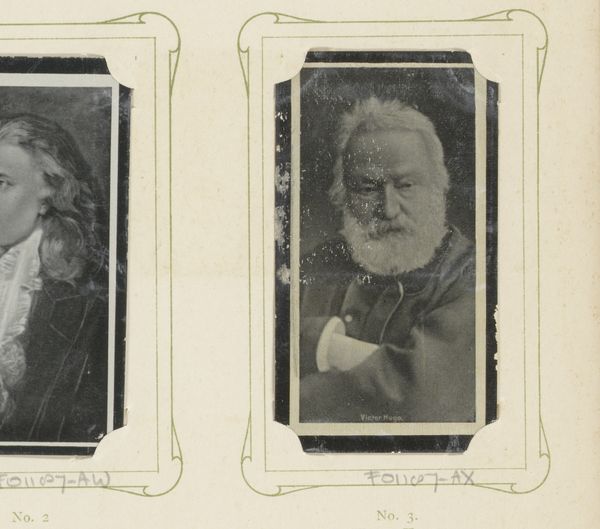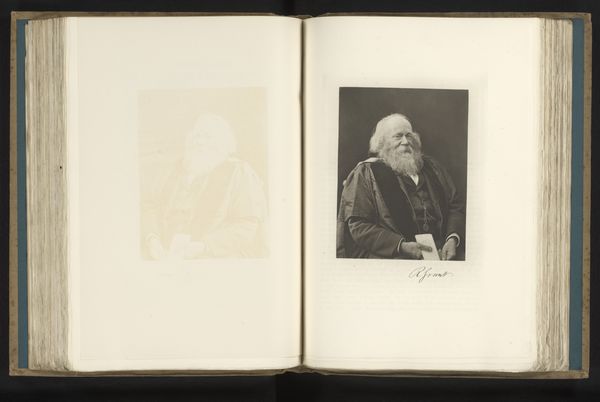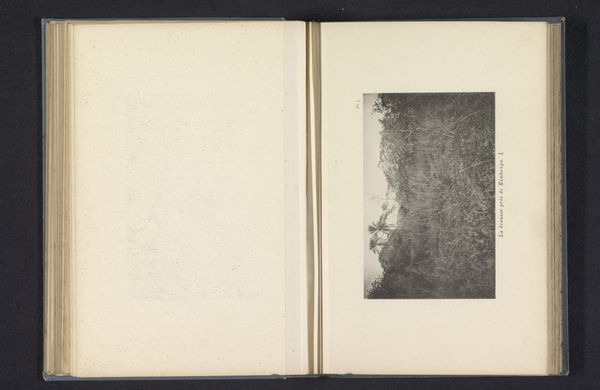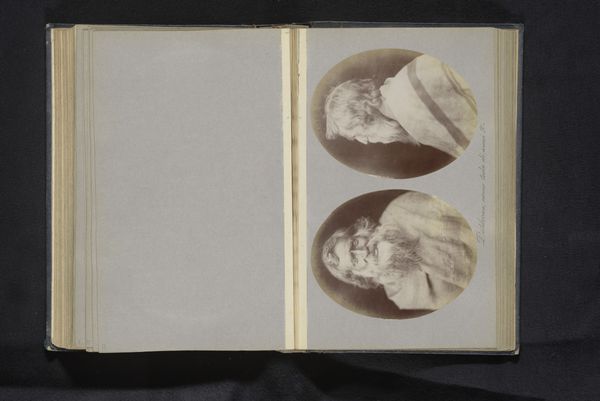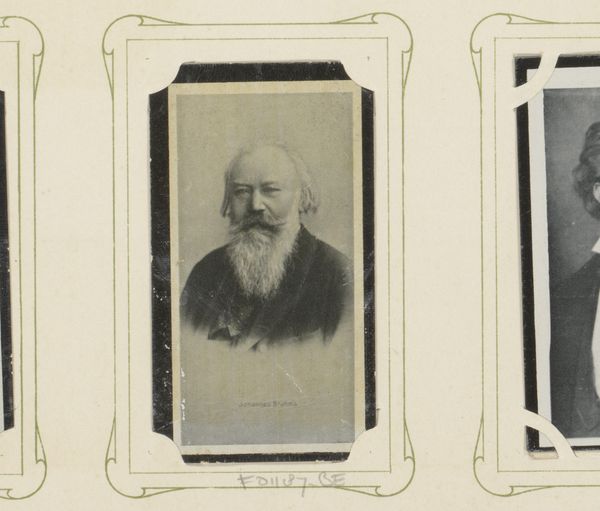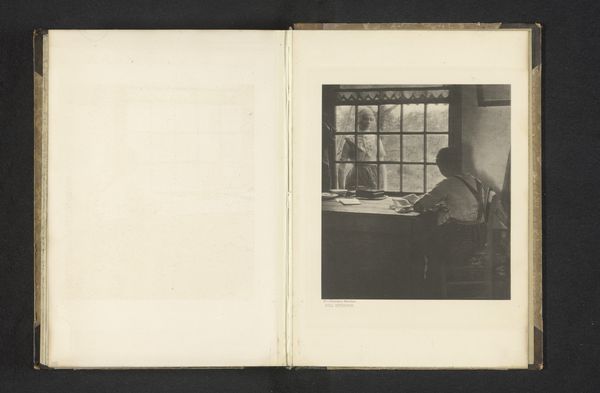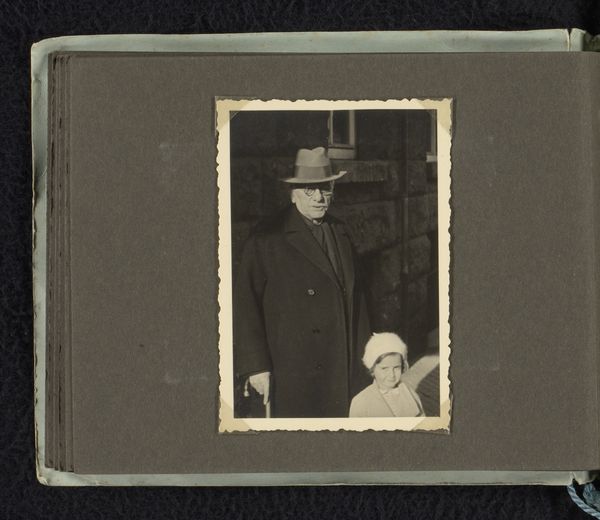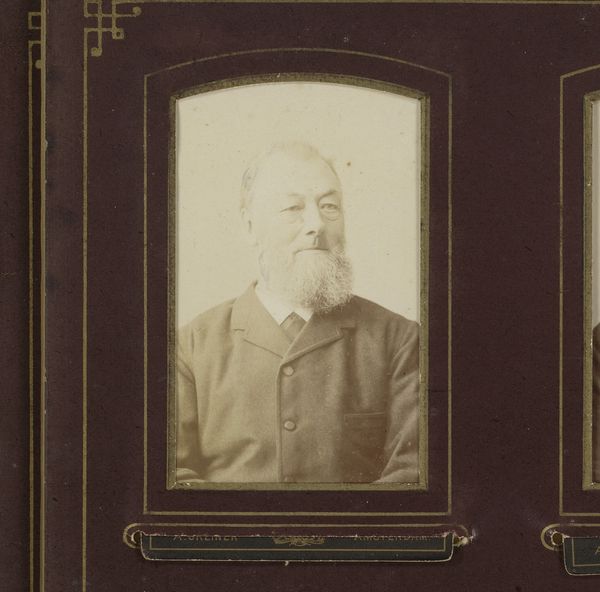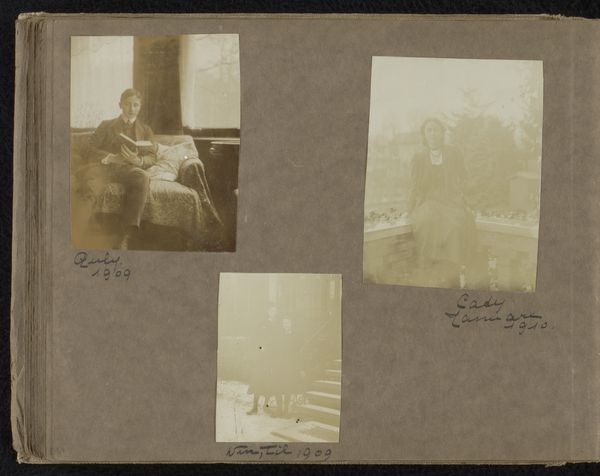
photography, albumen-print
#
portrait
#
photography
#
watercolor
#
albumen-print
Dimensions: height 17.1 cm, width 12.2 cm, height 28 cm, width 20 cm
Copyright: Rijks Museum: Open Domain
Editor: Here we have a photograph, an albumen print from around 1900, of Paul Kruger by A. Happe. It's a stately portrait; he seems like a powerful figure, almost unyielding. What strikes you about this piece? Curator: It's more than just a portrait; it’s a carefully constructed image of power and colonial resistance. Kruger, as president of the South African Republic, became a symbol against British imperialism. The photograph, especially in the context of the Boer Wars, needs to be unpacked through a lens of political defiance and Afrikaner nationalism. How does that resistance sit with you? Editor: The nationalism… I guess I hadn't considered the broader historical implications of it at first glance. It just looks like an old photograph. Curator: Exactly! The aesthetic presentation serves the construction of a national hero. Consider the top hat, the stern gaze; these are all deliberate choices to project authority in a world dominated by European powers. What impact would such a carefully curated image have at that time? Editor: It probably solidified his image as a strong leader, especially within his community. It makes you wonder about the power dynamics between the photographer and subject too. Curator: Precisely. The photographer, A. Happe, would have been acutely aware of the political climate, making them complicit in shaping Kruger's legacy. The choice of albumen print itself—a relatively modern technique at the time—speaks volumes about representing progress alongside tradition. Editor: I see. I wouldn’t have considered the implications of something like the printing method itself as being a means of portraying an ideological stance. Thanks, this has given me a completely different understanding. Curator: It highlights how intertwined art and identity always are; how a seemingly straightforward portrait can reflect larger struggles for self-determination and liberation against oppression.
Comments
No comments
Be the first to comment and join the conversation on the ultimate creative platform.
